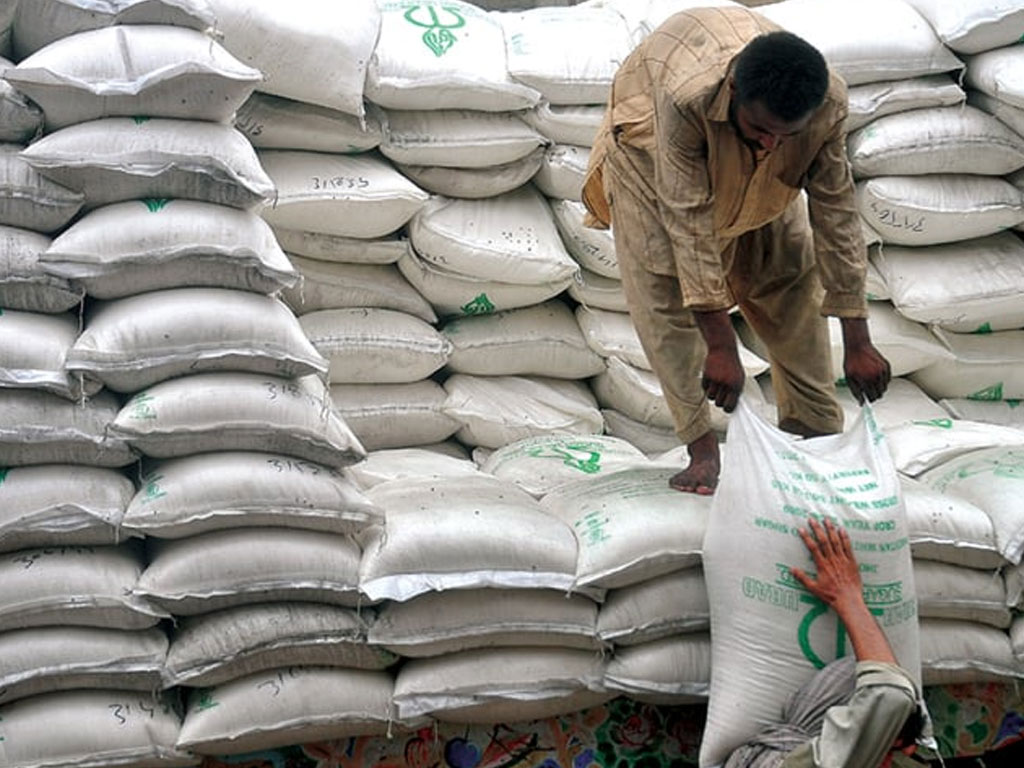Look to banks to find sugar hoarders

According to news reports, the short-lived sugar spiral during Dec-Jan has left the PM and his coterie of advisors bickering. Fingers have been pointed at some members of ruling party for profiteering from shortage of sugar in domestic market. As rumour mills go, these are unconfirmed reports; but have proven consequential enough to lead to formation of a high-powered probe led by DG FIA.
The committee has been tasked to identify whether a ‘cartel is behind the crisis’, and whether members of the value chain engaged in hoarding of sugar stock to create an artificial shortage in domestic market. Prima facie, the agenda set for the committee is laudable; a 12-point questionnaire leaked to the media also asks factual questions regarding production, purchase price, margins between ex-mill and retail prices, impact of sales tax imposition, justification for export, and basis for determination of ex-mill and retail prices.
But the committee would do well to takes stock of the market dynamics, as drawing broad generalizations may in fact do more harm than good. While it is correct that close to 50 percent of sugar production is concentrated with six to seven players (sponsor parties), production is highly fragmented across geographical regions.
Consider that 47 sugar production units are spread across the length of Punjab province, of which 10 have installed capacity over 15,000 tons per day. In comparison, 25 units have average daily capacity of under 6,000 – no marks for guessing that per unit production cost for the two categories varies widely due to scale.
Similarly, mills in the southern Punjab Rahim Yar Khan region enjoy proximity to high yielding raw material, which boasts sucrose recovery rate as high as 11.5 percent. In sharp contrast, various mills in central Punjab Faisalabad region face a ceiling beyond 8.5 percent recovery. The three-percentage point differential has a sharp impact on cost of production.
Given this context, it would be misleading to jump to conclusions regarding a singular ex-mill selling price. Either the committee should assign to itself the task of conducting an industry-wide cost audit, where upon it forensically examines financial and production data for each milling unit across the country. Or, it should appreciate that for a commodity such as sugar whose retail price is largely left to market forces, selling price and production cost do not have a causal link; that is, while selling price is determined by supply and demand, cost of production for each firm may be unique.

Does that mean there is no way to determine whether the industry engaged in hoarding of product? Not necessarily. Enter commercial banks. The sugar industry has a three to four-month production cycle (December to March) based on crushing season, beyond which it stocks up inventory and releases supply for the remainder three quarters (April to November) of the year.
As white sugar has a liquid secondary market, most milling units pledge their stocks with commercial banks to obtain working capital financing which is used to finance commercial operations (sale on credit, etc). Like most bank lending, borrowing against sugar is net of a margin that varies between 15 to 25 percent.
Why is this relevant? Because the easier road to some of probe’s material questions may lie through the banking sector. Based on production and consumption data available from industry association, domestic stocks beginning Dec-19 were no higher than 1 million tons, equal to 45 days of domestic consumption.
Based on these numbers, at a time when international market was becoming attractive and sugar export quota was still available, pressure on domestic price seems logical. The resulting seven percent increase in average retail price of sugar between Dec and Jan also appears to be a logical consequence of the same, and not a result of artificial shortage.
However, examination of firm wise pledge stock data available with commercial banks may reveal whether stocks available in the domestic market exceeded projections supplied by the industry. BR Research has run a trial calculation-based ISIC-4 data available publicly from SBP; however, the calculation is only theoretical, and does not account for borrowing made against assets other than commodity pledge.
Moreover, if the data from commercial banks independently confirms that stocks in excess of three-month were available with millers (as pledged stock with the banks), it will be pertinent to ask why would millers retain inventory and pay exorbitant borrowing rates against the same at a time of monetary tightening.
What it will confirm, for certain, however, is whether any hoarding took place at mill level. That should be fairly easy to find based on commercial bank data, but will also be materially consequential for the government to determine whether politically-linked sugar producers engage in hoarding sugar or not.





















Comments
Comments are closed.